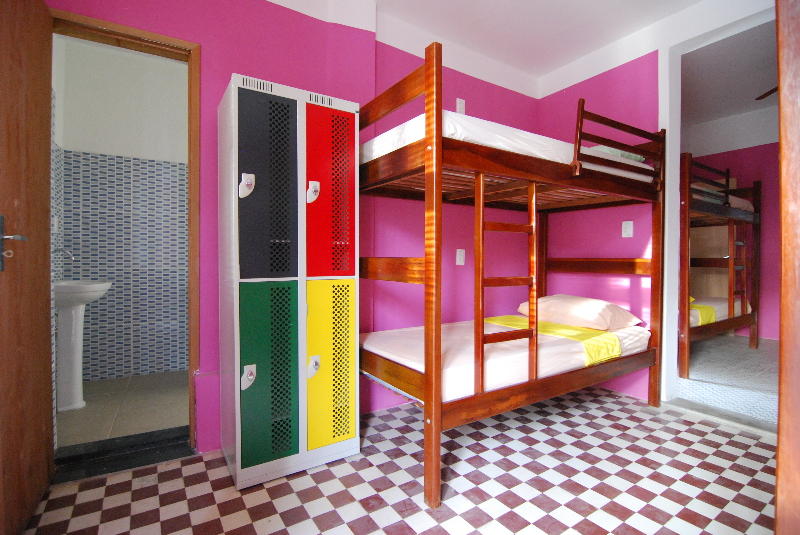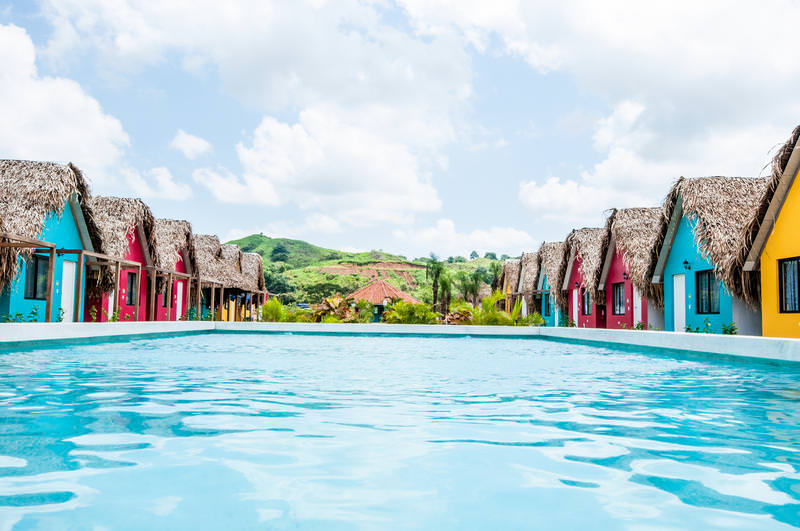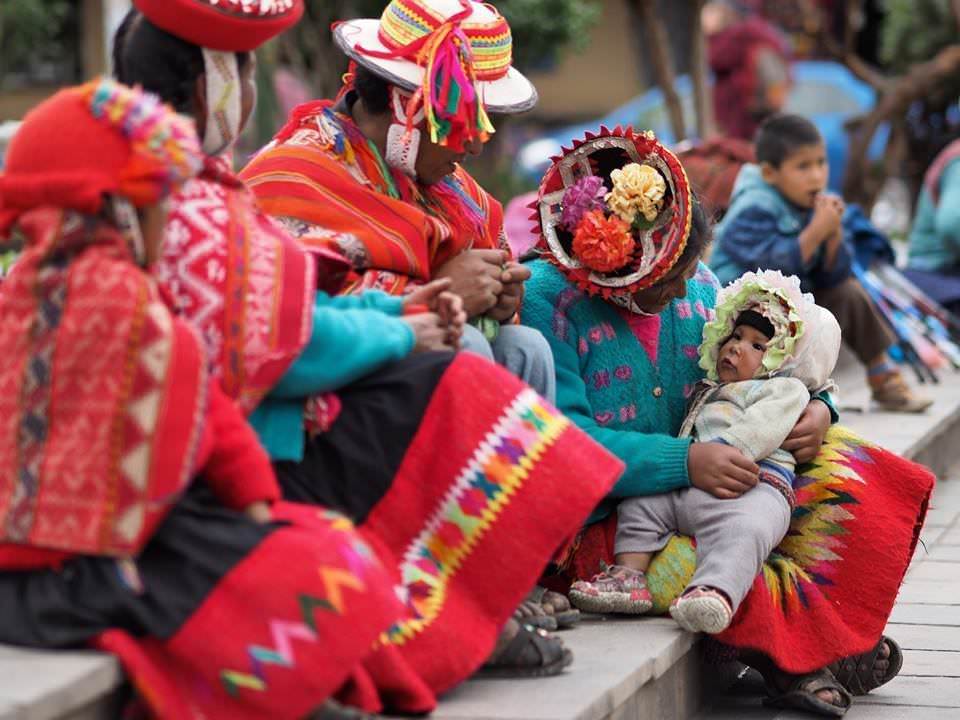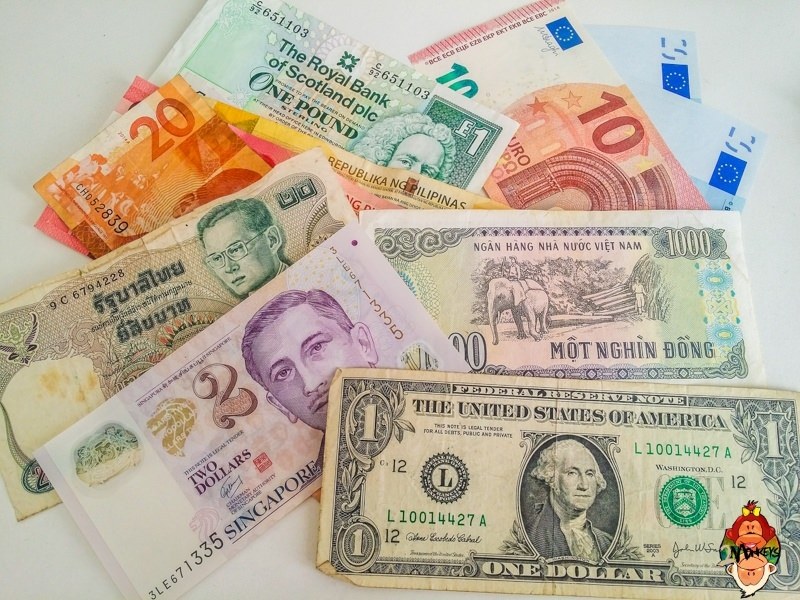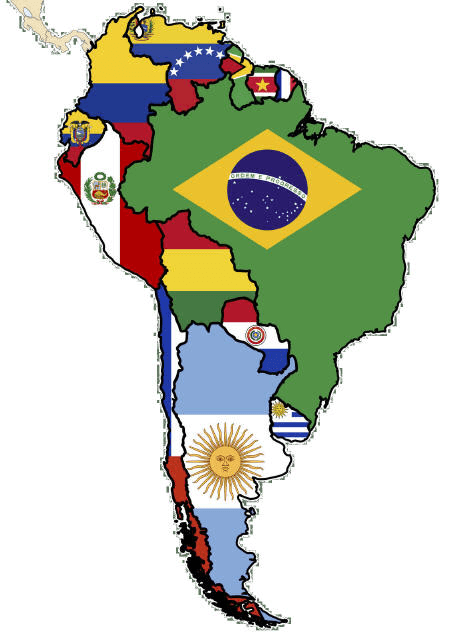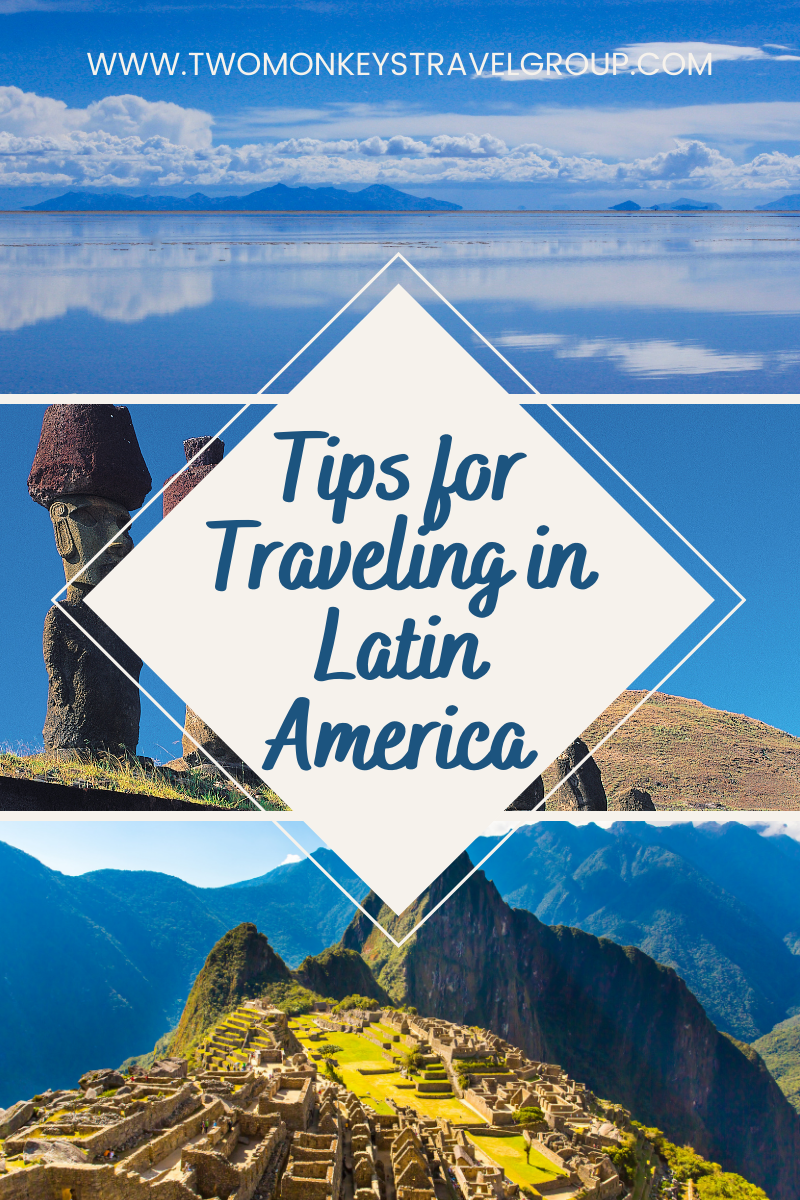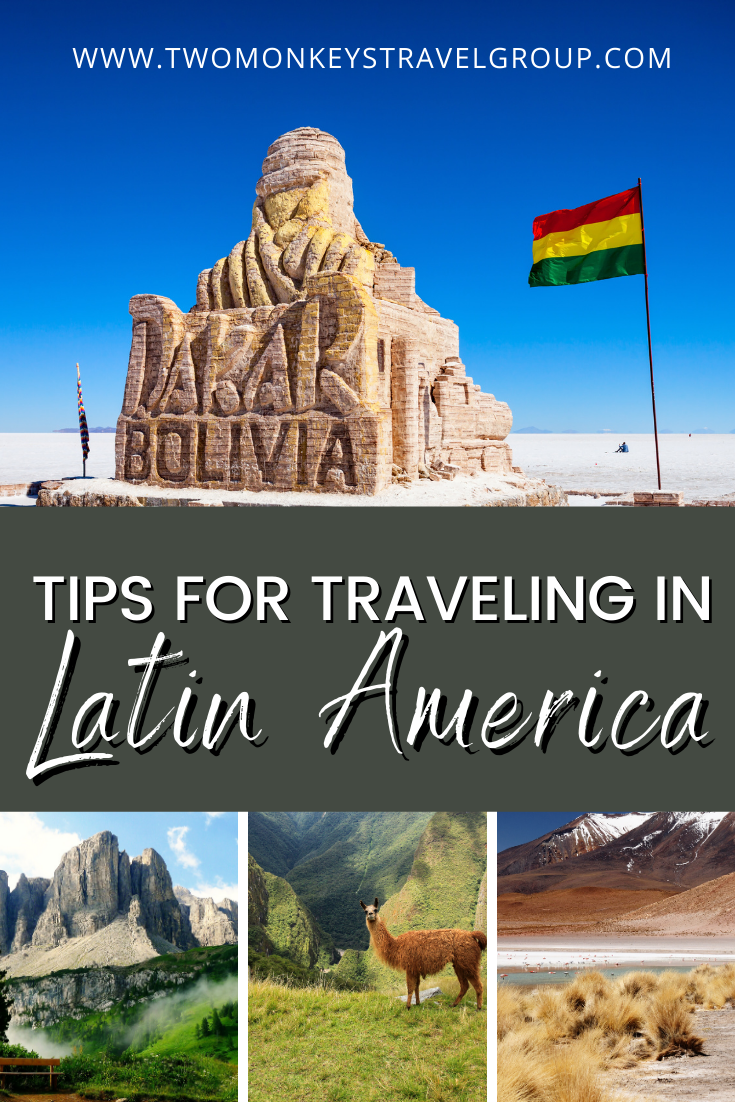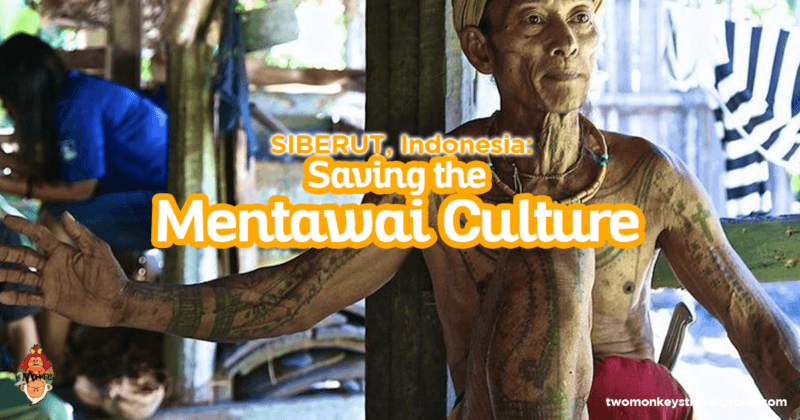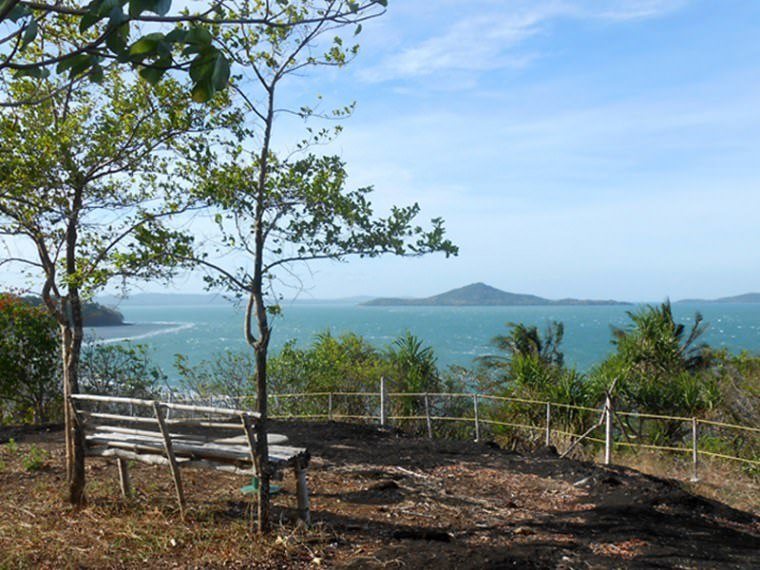Latin America is an incredible place, like a collection of different worlds all stitched together into a tapestry of cultures, traditions, history and natural and man-made catastrophes, all of which have shaped the continent into what it is today. There is something very different about traveling in Latin America compared to somewhere like Southeast Asia, in that even the well-trodden routes are not simply laid out for you to follow, no dedicated tourist buses shuttling you around from one backpacker-party-hotspot to the next.
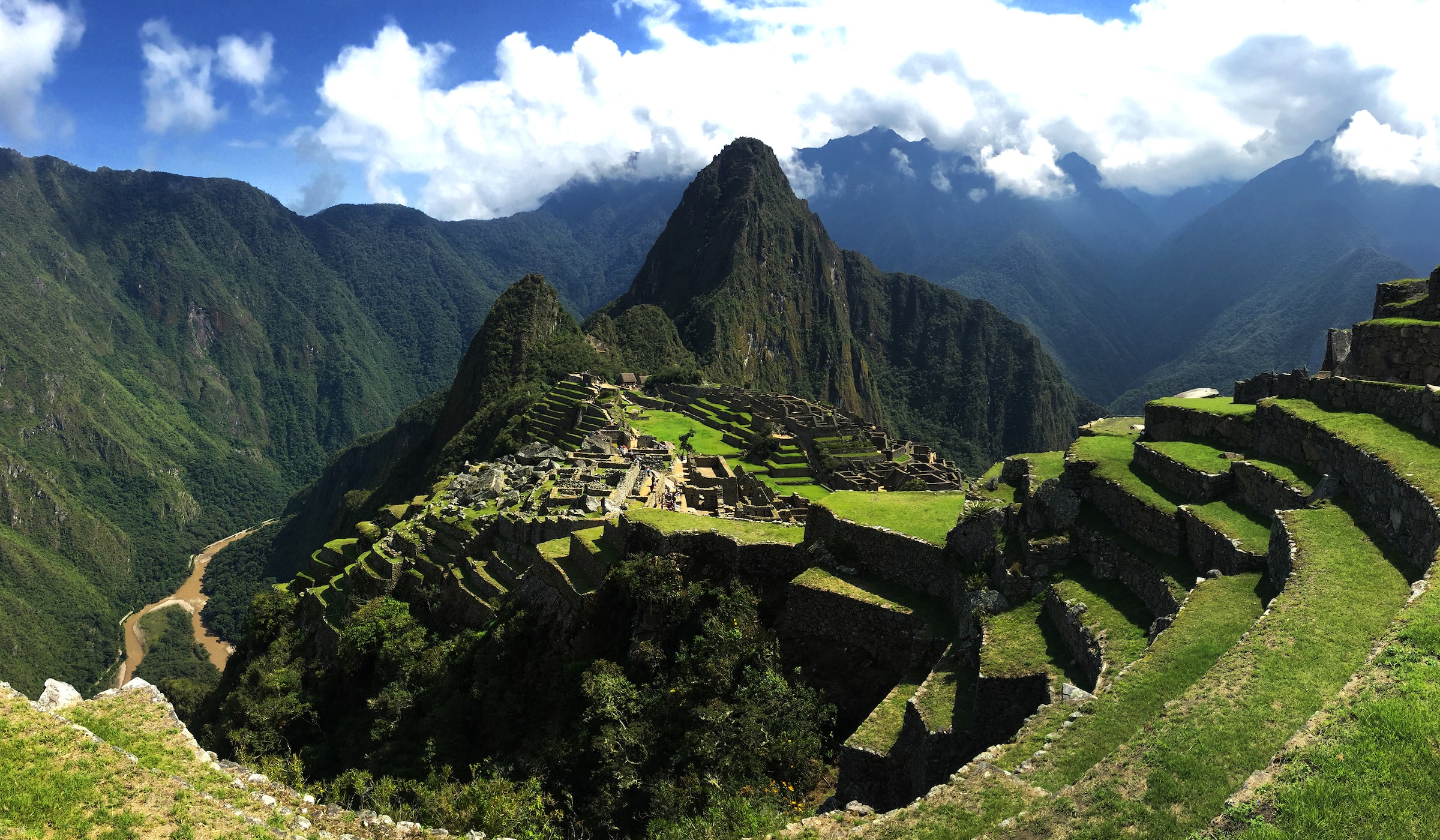
[box] Other articles you can read:
- 21 Less-traveled Destinations that will make you visit South America
- DIY Itinerary in South America – Sample Itinerary Route with Tips on Places to Visit
- How to Cross Borders in South America? Peru, Bolivia, Uruguay, Brazil & Chile
- San Blas Sailing – Panama to Colombia via the San Blas Islands with Ave Maria Sailing
- Crossing Borders in Central America: Land Travel from Nicaragua to Panama via Costa Rica
[box]
Oh no, in Latin America it’s not so easy to simply get swept along with the flow, which is part of what makes it so rewarding, with so many more opportunities to get off-the-trail and have real experiences with real people in real places.
Here are our 7 tips for traveling in Latin America!
1. Plan your route wisely.
Most backpackers embarking on an epic Latin America journey choose one of two different routes – from Argentina to Central America until they reach Central America or the other way around from Mexico until they reach Ushuaia, Argentina. Of course routes vary, but these are the most common.
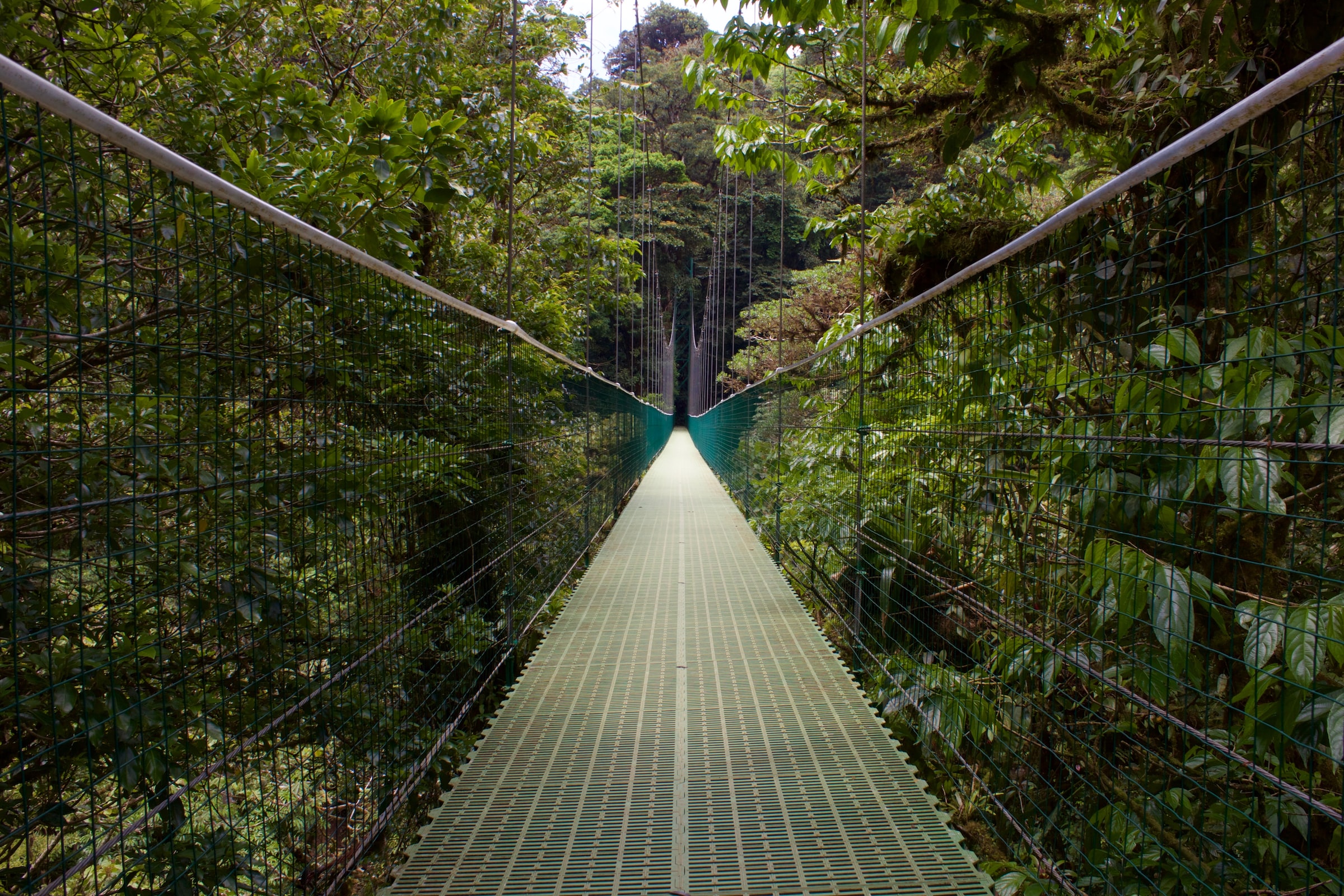
What makes a Latin America trip so different to say, backpacking in South East Asia, is that there are some truly dead end routes if you don’t do your research first. Take our trip to Patagonia for example – We arrived in Puerto Montt, ready to head to Torres de Alpine, only to find that all the ferries were booked up and we couldn’t cut through Argentina to get there by land as Kach one of us needed a visa. Flying was out of the question, so we quickly scrapped those plans and had to come up with new ones, which was exciting in itself and resulted in an incredible journey, but it was eventually a dead end and we had to travel back 1090 km in the direction we has just come from! There are any number natural phenomenon that could block your path, the biggest being the Andes Mountains and vast, impassable glaciers!
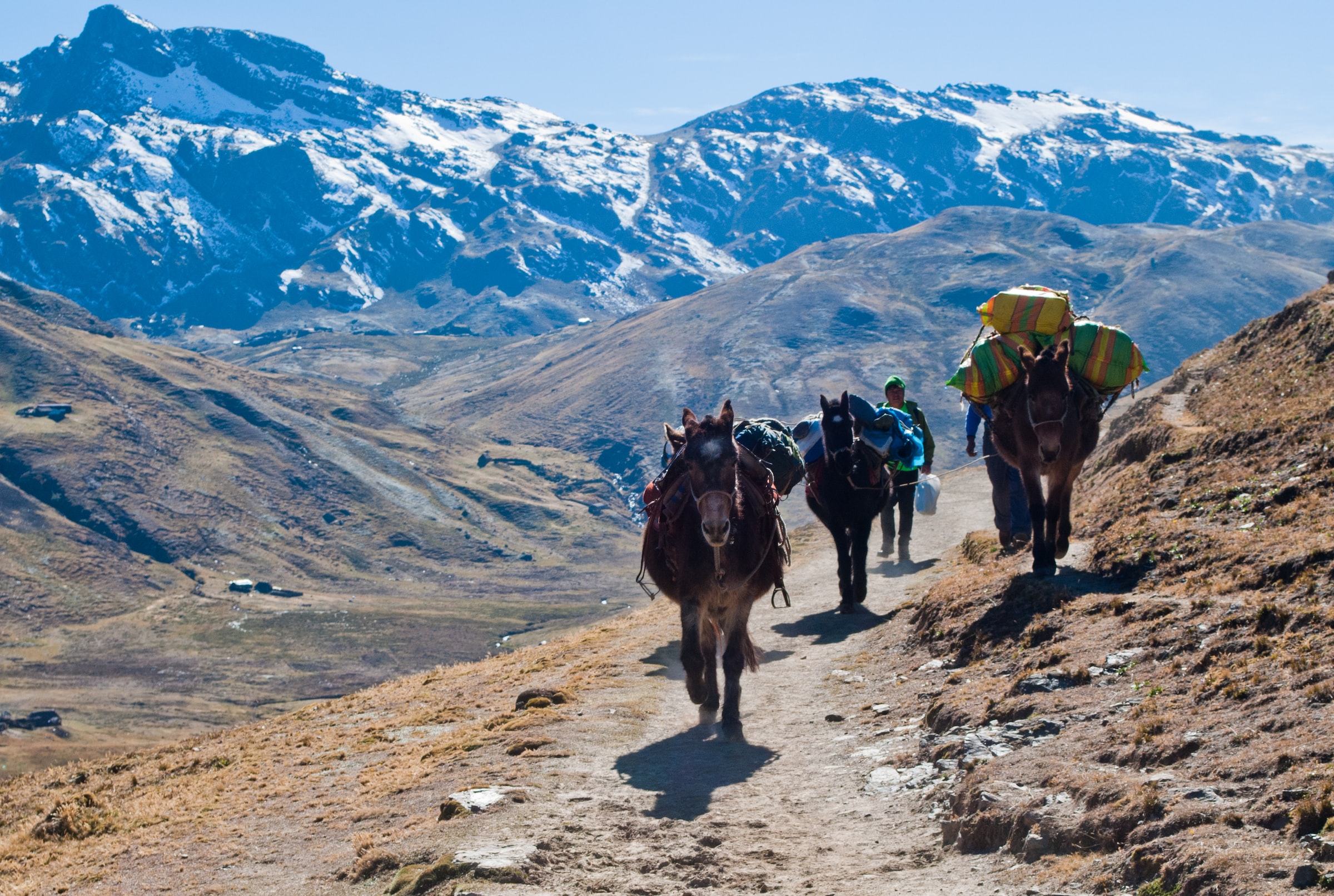
Another very good example of a Latin America miscalculation comes from a young traveler we met in Panama. He had adventured all the way from the US on a 125cc motorbike, through Mexico and Central America, ultimately ending up in Panama, where he encountered a small problem – The Darien Gap! This is a huge area of dense, impenetrable jungle and swamp, 160km long and 50 km wide, separating Panama from Colombia, making conventional road travel between the two countries practically impossible. Attempts have been made to build a highway through The Gap, but quickly abandoned as the jungle swallows everything as quickly as it is built. The guy was then stuck in Panama with his motorbike, trying to find any boat owner who could carry him and his bike across the Caribbean to Colombia. It wasn’t looking hopeful when we left on our sailboat and we never heard if he made it across or not.
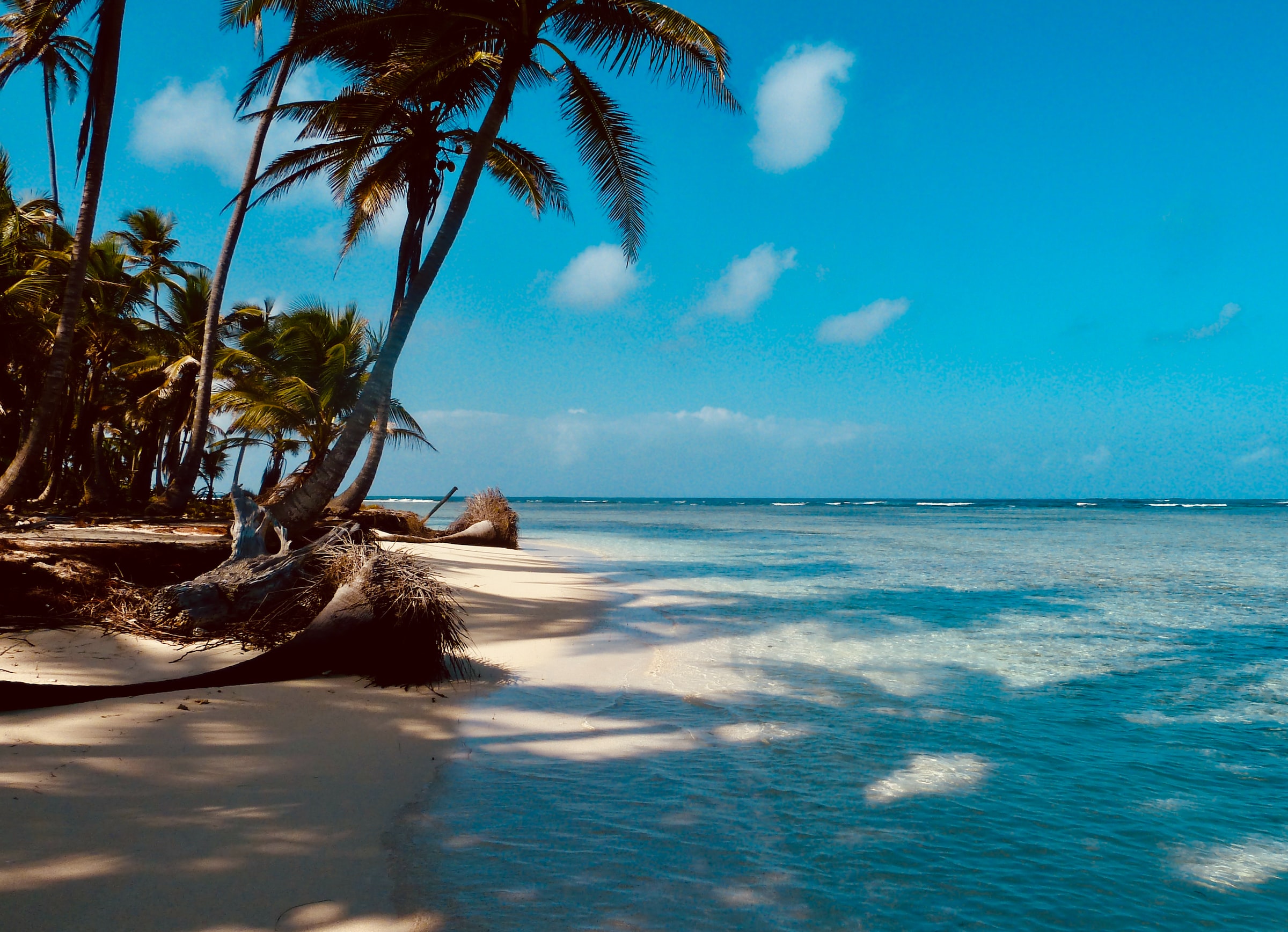
This is one of the most popular routes: Argentina – Uruguay – Paraguay – Brazil – Bolivia – Chile – Peru – Ecuador – Colombia – Panama – Costa Rica – Nicaragua – Honduras – Guatemala – Mexico
2. Book your accommodation in advance
We loved backpacking in South East Asia and when we arrived in a new place, we would just find a last minute bed or walk around town searching for good deals. It was easy! But when we arrived in South America over a year ago, we found that it was harder to just walk in as hostels are not all located in just one area of town.
Take a big city like Santiago de Chile for example, not the biggest city in the grand scheme of things and there are plenty of hostels around, but they could easily all be a 20 minute walk apart. Arrive in a super city like Rio de Janiero and you could spend days walking around in search of the right place! We all know the allure of un-planned travel, but being deliberately unprepared in the name of ‘going with the flow’ can turn out to be a bit of a false economy. We have the internet and so does the rest of the world, so no one is going to criticize you for using it. Plan your accommodation so that you have a good base in the right area of a new city, that way you’ll be in the best position to explore from, get a good night’s sleep and have plenty of energy in order to make the most of your visit. Not to mention that at certain times, entire cities can get fully booked!
Recently, we downloaded an app called LODGEO, which is a bit like Skyscanner but for hotels and hostels, comparing the prices of hostels and hotels from different booking websites like Booking.com, Agoda and Expedia. Basically avoided the need to check 10 different websites just to find a good deal. We used the LODGEO app to book our room in a hostel in Bogota and it was easy. It’s a hotel comparison app and we even checked the best price against several of the big booking sites and it was cheaper than all of them. It speeds up the process of searching, comparing and booking hotel rooms via mobile because we can book the hostels room directly through the app without the need to redirect to third party sites which is perfect for travelers like us who wanted to avoid hassles and slow internet connection!
Here’s the YouTube video to understand more about this awesome Travel app. You can download it with your iOS phone or Android.
3. Learn basic Spanish
In South East Asia no one, especially not the locals, have any expectations of you learning or speaking the local languages in the few days or week that you’re there. We always try to learn some basics for politeness – hello, thank you, sorry, goodbye – and when we lived in Vietnam we learned enough to interact on a basic level, but to get a real grasp on the language would have taken a couple of years.

Latin America is completely different, particularly if you come from a European or Latin language country, as here we have the huge advantage of being able to learn the language. There is actually some expectation that you at least try to learn and speak some Spanish in Latin America and the ability to communicate in Spanish will be greatly received.
Being able to speak Spanish will go some way to improving your experience of the country, your connection to the people and most importantly, separating yourself from the hordes of coach-trip tourists who pass through everyday shouting loudly in English and acting confused when the Quechua-Peruvian fruit seller doesn’t understand. Yes, you know the ones. Cringe-worthy isn’t it? Don’t be that person! Wanna learn Spanish for cheap?
4. Bring proper clothes – both for winter and summer!
Latin America is every type of climate and landscape in existence in one incredible journey. In a matter of days you could potentially be starved of oxygen in the freezing, thin air of the highest capital city in the world, sweating in the dense amazon jungle, driving through the scorching desert on a bed of salt and relaxing on a white-sand beach with crystal clear water lapping at your feet.
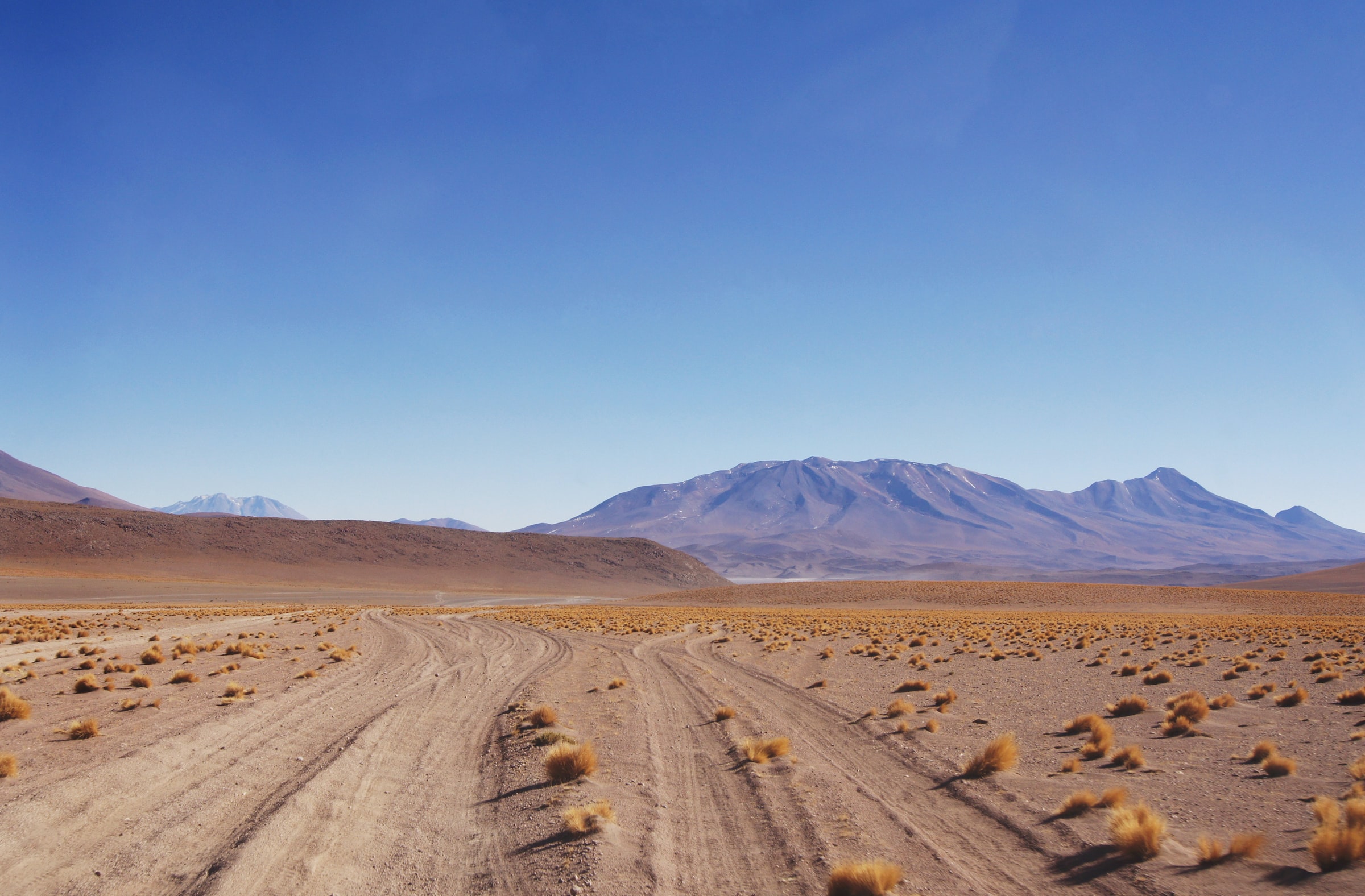
This also means that you need to be prepared for every different climate you can think of. Unless you want to travel with a huge suitcase with every type of clothing imaginable, then it’s seriously worth investing in some high-quality outdoor clothing which is adaptable to different climates. Think lightweight thermals, thin layers wind proofs and breathable Goretex, zip-off trouser-shorts…there are plenty of options nowadays that can keep you warm in the freezing cold and comfortable cool and dry in the heat.
5. Meet the Locals
The best way to get to know a place is to get to know its people, how they live, what they eat, where they like to hang out… This is what we love about living in places for longer, we have time to meet people, make friends and really get under the skin of a place. Obviously though, it’s not always possible to stay in one place for that long, especially when you have an entire continent to see! There are ways however, to connect with local people on a one-to-one level and get a little closer to authentic, local life.
- Leave the herd – Go eat in the local market instead of the tourist restaurant. If there are more tourists than locals, take your pictures then walk the other way!
- Be bold – Standing on your own in the street? Go ask that Costa Rican guy with the funny little dog and the tattooed face if he wants to have a beer with you. This isn’t London or Paris, there’s a good chance that he’ll say yes and call his friends too – Pura Vida!
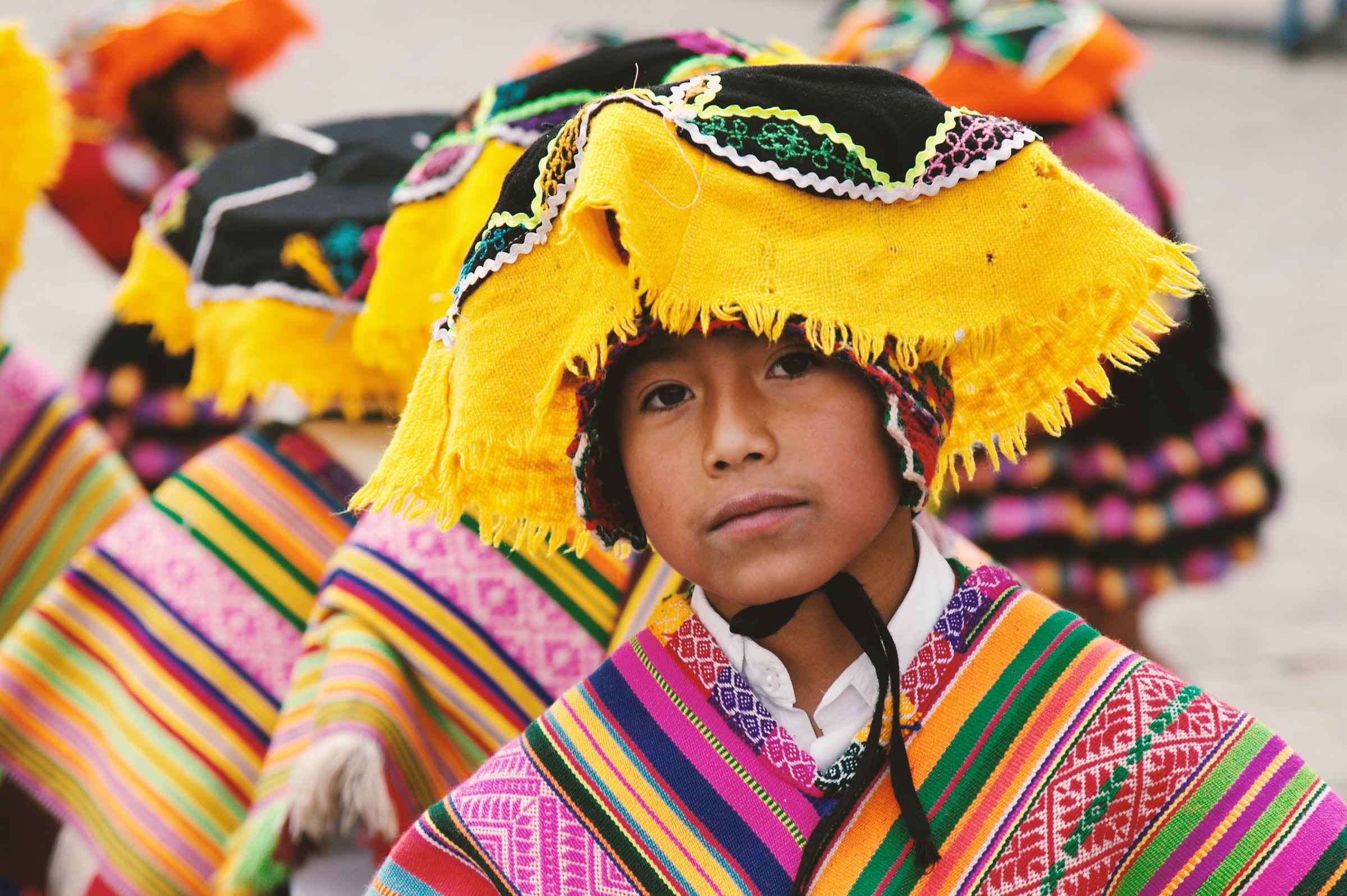
- Don’t miss a chance – That souvenir guy who’s following you around – have a chat with him! Any interaction with people who live in the place you’re visiting counts.
- Do It Yourself – Whenever you’re about to book a tour, take a moment to ask yourself, ‘Could I do this myself?’ It’s not always possible, but when it is, it’s usually awesome! We walked 30 kilometres in a single day along train tracks and mountain goat paths to visit Machu Picchu and the whole trip cost us $70 per person, including our tickets! Most importantly though, we met incredible people along the way, local and otherwise.
6. Always bring DOLLARS!
Yes its true, those little pieces of green paper really do talk. In general the best value exchange rate you’ll get is from US Dollars to local currency, because people want them more than Euros or Pounds. Right now, with the value of the dollar rising, Latin America is one of the most affordable places to travel in the world, whereas Ecuador, having adopted the dollar as their official currency, is surprisingly expensive, but you needn’t bother changing your money!
In Argentina, the dollar is in such high demand that you can get a much higher exchange rate on the unofficial dollar market, called the Blue Dollar Market. At one point the exchange rate of Pesos to Dollars on the Blue Market was almost double that of the official exchange! Dollars truly are the universal currency.
7. Stay Fit and Healthy
The variety of climates you travel through in Latin America can be quite hard on your body. You could easily be at sea level in Lima one day, then catch a flight or bus to Cusco in the afternoon, where you find yourself dizzy and sick from the lack of oxygen at 3000 meters. Try to keep in good shape, drink plenty of clean water and eat healthy, natural food as often as possible. No one can tell how they will be affected by altitude as it’s different for everyone, but the healthier you are the better you’ll be able to handle the effects.
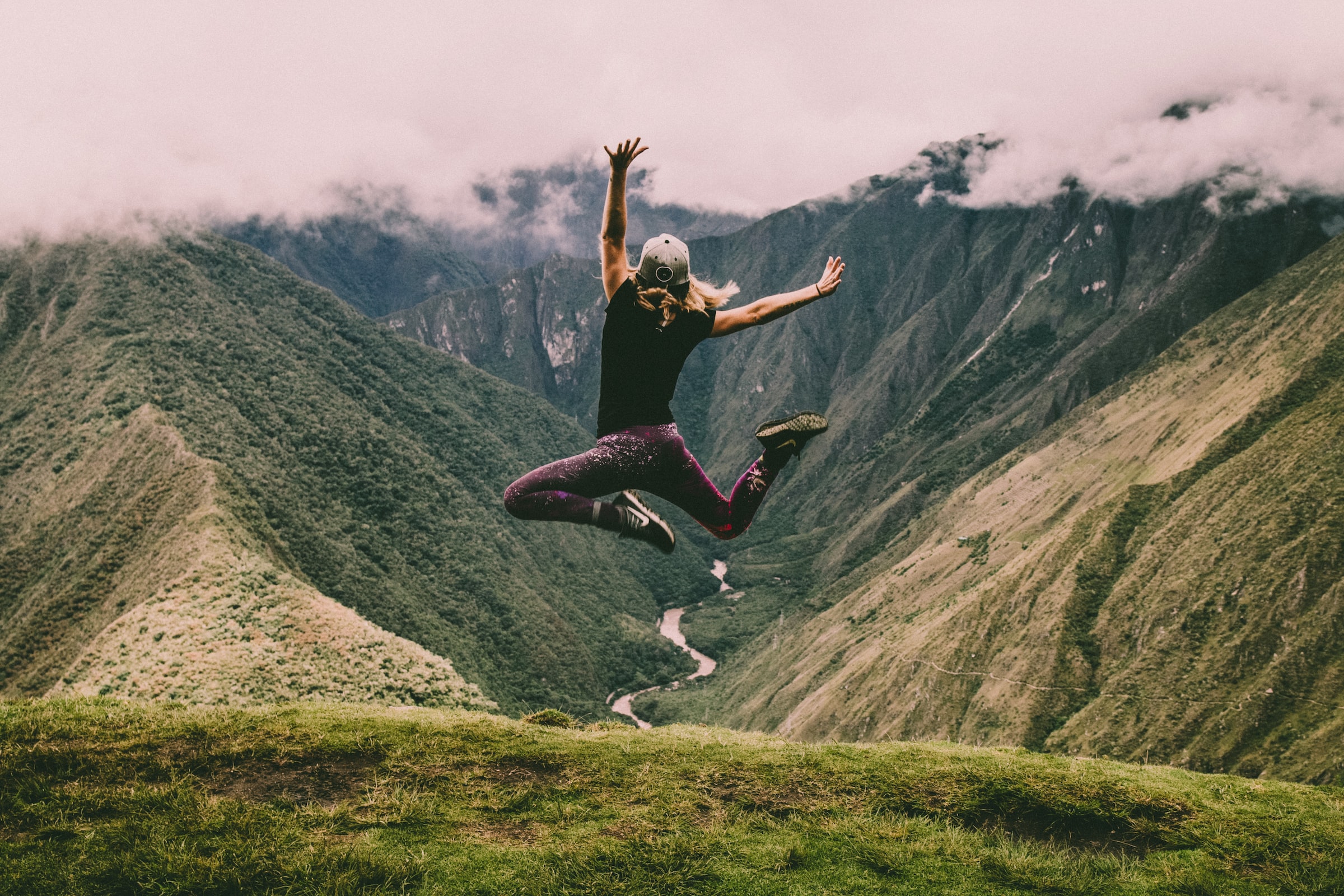
The other important factor to consider in Latin America are illnesses – Mostly Yellow Fever, which you can be vaccinated against and will need a vaccine card proving this to move between certain countries – and Malaria and Dengue, which are a risk in tropical areas, particularly in the rainy seasons. All of these diseases can be very damaging, even fatal. Trust me, you don’t want malaria, so prepare, get all of your shots and stock up on any medications you need. In malaria and dengue risk zones, the best prevention is not getting bitten in the first place, so cover up with lightweight clothing, use repellent and mosquito nets wherever possible. PS You can get a free yellow fever vaccine in Peru or Brazil! No need to spend tons in your home country!
So remember these 7 important tips for traveling in South America:
1. Plan your route – Don’t get stuck somewhere!
2. Book your accommodation – Use an all in one comparison app like Lodgeo (Download here for IOS and Android)
3. Learn Spanish – Don’t be an ignorant tourist!
4. Bring proper clothing – Something for all seasons.
5. Meet the locals – Get to know the real heart of the country.
6. Dollars – Money talks. Dollars talk louder!
7. Stay Fit and Healthy – Get the most out of your adventures.
[line]
Are you on Pinterest? Pin these!

